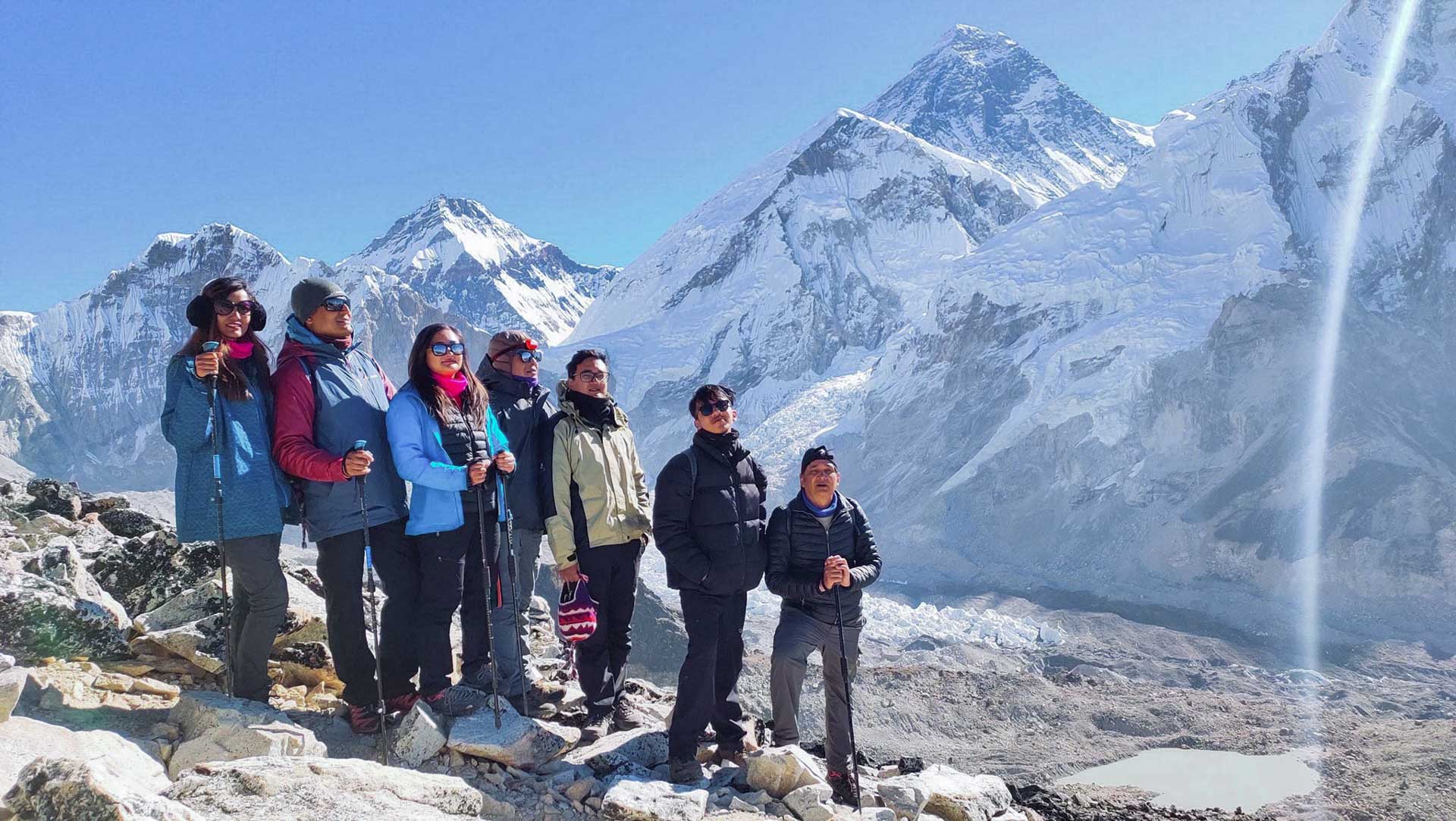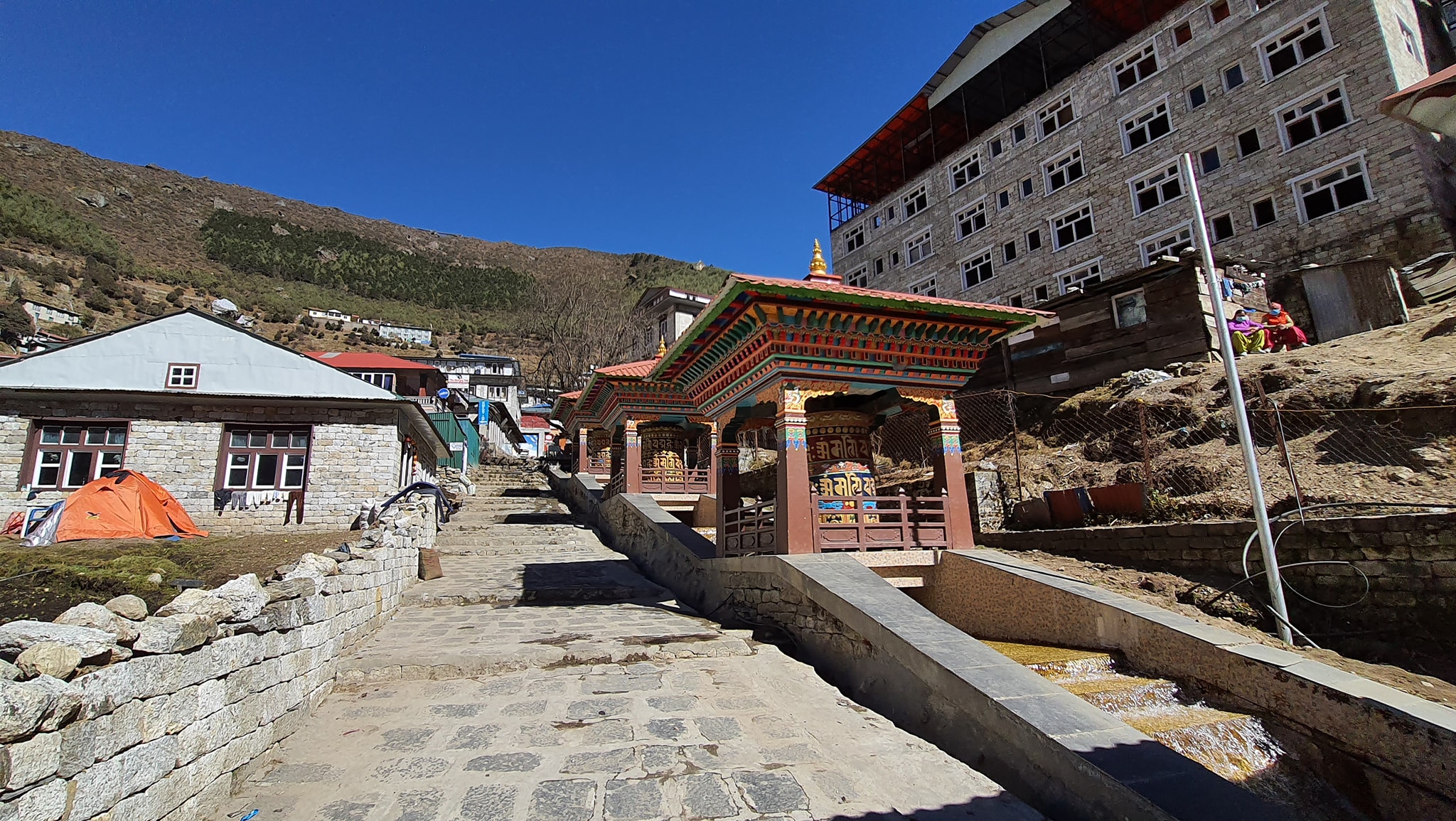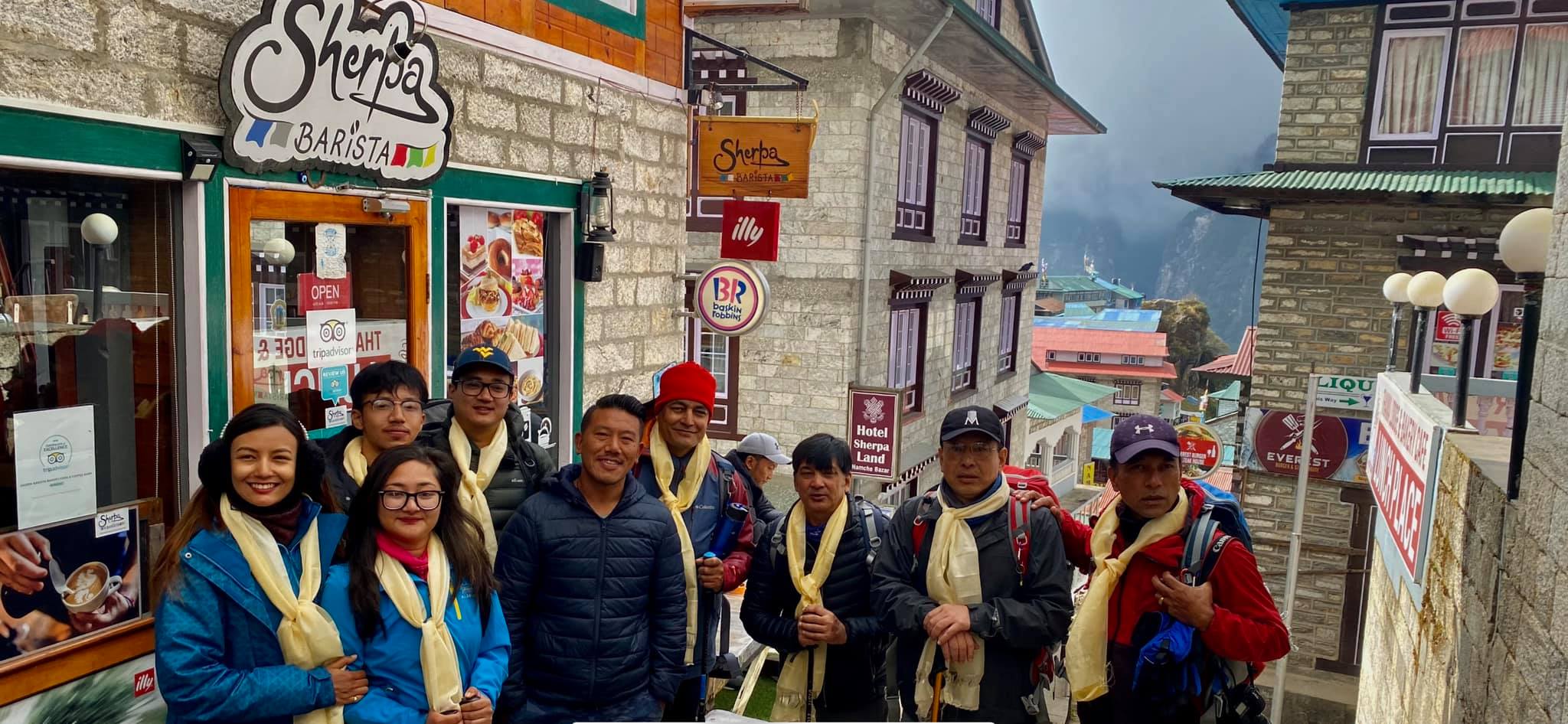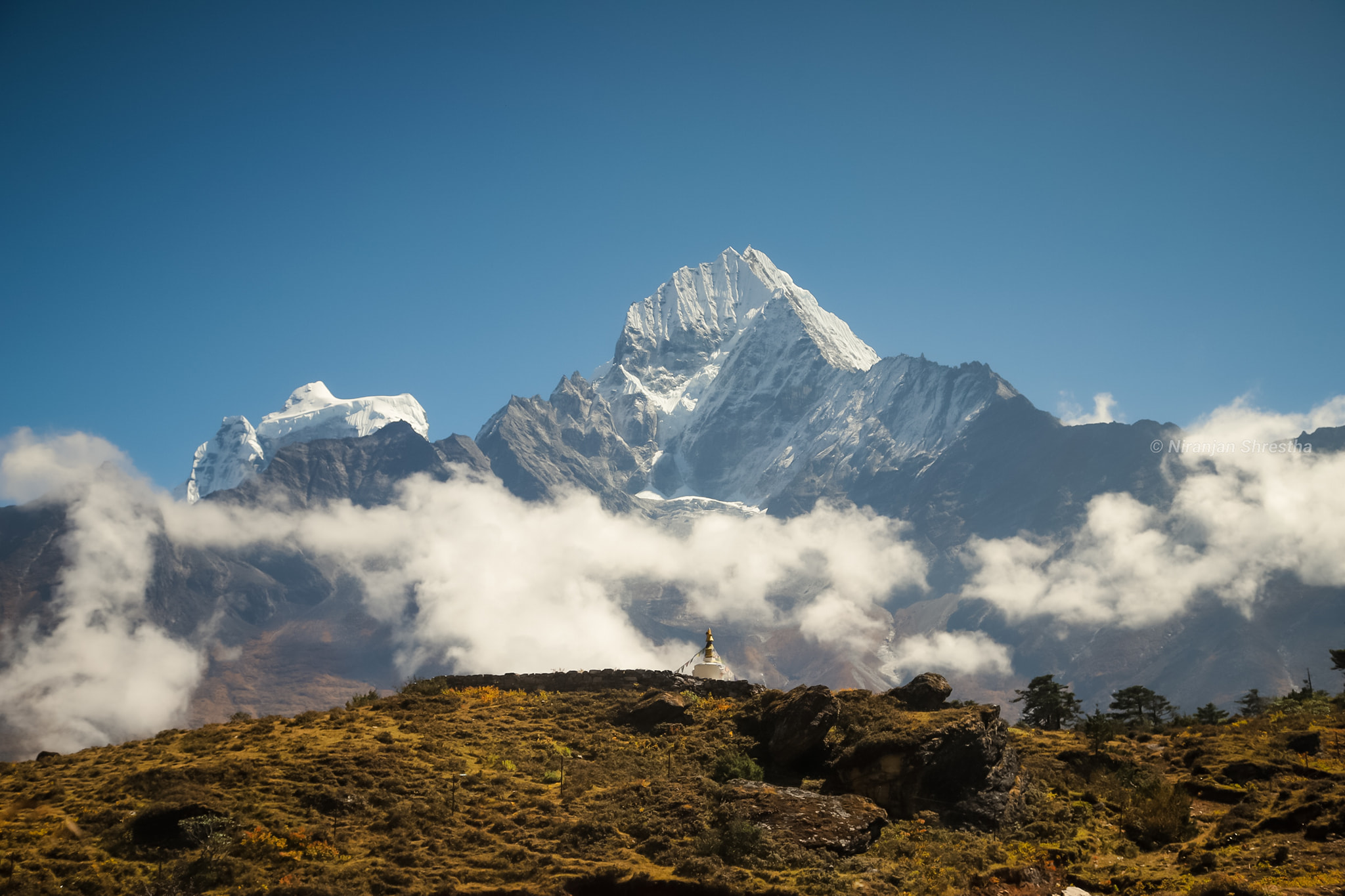
In 2020, as the global pandemic halted tourism, HoneyGuide and Ghumante collaborated on a video documentary effort to revive tourism in the Everest region. The project resulted in a five part video to encourage domestic tourism in Everest.
How was it possible for Ghumante to visit Everest?

To begin with Ghumante is a group of travel fanatics that create epic YouTube videos of the places they go to. They specialize in previously unexplored areas. They were instrumental in the popularity of remote but beautiful destinations such as Phoksundo Lake, Kori Hill, and Kapuche Glacial Lake.
Everest Region used to see above fifty thousands international travelers every year and in the peak season finding a bed at Namche used to be difficult. Any other time, Ghumante would not even think of going to such a popular place. But this was not a normal time.
With the trails deserted and domestic tourism the only hope for the region to get by, Ghumante and HoneyGuide got together to do what we could to restart tourism in the Everest Region.
What was the goal of the visit?
Remove the misconception that Nepalis are not treated well in the Everest Region

The usual misconception among the Nepali people was that the Everest region is extremely expensive and unwelcoming to domestic tourists. While Everest is on the more expensive side compared to other trekking destination in Nepal, that is because of the lack of road transport and overall better service standard. That is something that people understand only after they go there.
As for the conception that Nepalis do not get rooms in hotels in the Everest Region was also put to rest once people realized that if they go to Everest with prior bookings, they will not have to worry about rooms. The fact that most Nepalis plan their travels at the last moment while most foreigners book rooms months in advance are the most important reason for Nepalis not getting rooms in the Everest Region.
Show that Everest has easy tours too that are fit for families.

While trekking to Everest Base Camp requires prior training, commitment and also some risks, anyone can hike up to Namche or the Hotel Everest View. It is a worthwhile tour in itself and if you compliment it with a heli tour to Kala Patthar, you also get to see Mount Everest up close.
Keep Nepali travelers safe

The key to trekking safely at high altitudes is to go slowly and drink plenty of water. Good trekking gear, in addition to proper planning and guidance, is a fundamental requirement for safe travel.
Support from Airlines and Hotels

This video project was enthusiastically supported by the airlines and hotels in the Everest Region. Here are some of the key partners that made this project possible. We would love to thank and congratulate each one of the partners for a successful promotional campaign.
- Summit Air
- Khumbu Resort, Lukla
- Mount Kailash Lodge, Monjo
- Khumbu Lodge, Namche
- Sherpa Barista, Namche
- Hotel Namche, Namche
- Rivendell Lodge, Dibuche
- Hotel Good Luck, Dingboche
- Oxygen Altitude Home, Lobuche
- Buddha Lodge, Gorakshep
- Hotel Green Valley, Dzongla
- Thangka Inn, Gokyo
The Videos
And here are the resulting videos that came about from this project. As of February 2022, these videos have already gathered more than 1.3 Millions views!!!
Lukla to Hotel Everest View Trek
This first part takes you from Lukla up to Namche and Hotel Everest View. On the first night, you trek up to Monjo, and the following day trek up to Namche for lunch and spend a night there. The very next day, you hike up to Hotel Everest View to spend a luxurious night there. Hotel Everest View has been listed on the Guinness Book of World Records as the hotel at highest altitude. If you plan to do treks like Namche Trek, Namche Heli Trek, Hotel Everest View Heli Trek, and Helicopter Tour to Hotel Everest View, then this is the video for you.
Kala Patthar and Everest Base Camp Side
This part takes you through a Rhododendron-filled forest to the Tengboche monastery. After a night in Dibuche, you acclimatize in Dingboche before heading to Everest base camp. This part shows the wildlife and breathtaking views from Kala Patthar. This video is for you if you plan to do treks like Everest Base Camp Trek, Helicopter Tour to Everest Base Camp and Kala Patthar, and Everest Base Camp Heli Trek.
Gokyo Lakes and Cho La Pass
The third part takes you across Chola Pass to the alluring Gokyo Lake and Gokyo Ri, which give some of the best views of Mt. Everest and the Himalayas. It displays the fantastic view of the Ngozumpa glacier and Gokyo valley from Gokyo Ri and the tranquility of Gokyo Lake. The Gokyo Lake trek is an alternative to traditional Everest region treks. Check out this video if you want to do treks like Gokyo Lake and Gokyo Ri Treks, Chola Pass Trek, and Helicopter Tour to Gokyo Lake.
Travel Tips for Safety
The fourth part is a little different from the first three-part; it shows all the essential gears required for the trek. Proper gear is essential for trekking safely and soundly. If you’re unsure about what gear to bring on your trek, watch this video to get a better idea. Alternatively, you can read our blog article here.
This part will address all of your questions concerning trekking in the Everest region. If you plan on trekking in the Everest region, make sure to view this video; you never know what new information you’ll gain here. This video covers topics ranging from altitude sickness to travel bookings. Here’s a link to our blog post about health and safety. Click here to book your ticket to Lukla and here to see our available packages.







